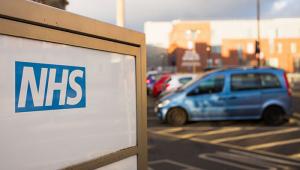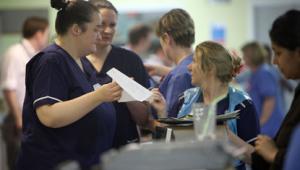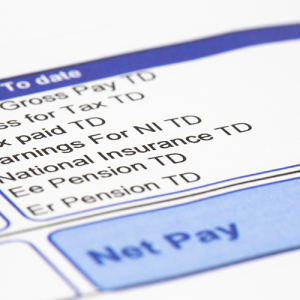17 November 2006
NHS finances deteriorated by £112m between July and September this year, the latest financial performance report reveals.
With six months to go, the NHS is now forecasting a net deficit of £94m by the end of this financial year – compared with a forecast net surplus of £18m at the end of June and an actual net deficit of £540m at the end of 2005-6.
But in his November 9 report Department of Health finance director Richard Douglas said that the NHS was still 'on track' to break even by the end of the year as additional savings of £180m had not yet been factored in.
He went on to say that the NHS's financial objective was for 'as many NHS organisations as possible' to live within their monthly budgets by the end of March 2007.
But Janet Perry, head of NHS financial management at the DoH, told Public Finance that 'although we're expecting most NHS organisations to break even, “most” could mean 51%'. Even if 49% of the 175 organisations currently forecasting deficits did not recover, she was still confident that surpluses elsewhere would balance the NHS as a whole.
Perry had been speaking at the Chartered Institute of Management Accountants' conference on the NHS in transition where she warned delegates that the DoH's long-awaited response to the Audit Commission's critical report on the NHS's accounting regime – expected before Christmas – would not give indebted trusts any 'quick fixes'.
Under the current rules, organisations overspending one year suffer a 'RAB deduction' equivalent to their overspend the next. In order to balance their books, trusts must both live within their reduced means and match their overspending with a surplus in year two. Those that do make a surplus have that returned to them in year three, but those that remain in debt experience a 'double deficit' as they continue to receive RAB deductions for each year they overspend.
This year, a net £540m has already been deducted from NHS organisations and the Audit Commission has recommended that part of that should be returned. But Perry told PF: 'There will be no extra money. Some have been hoping it will solve all their problems. The accounting rules will be made more clear and transparent, but the deficits will still be there.'
The forecast gross deficit this year is now £1.2bn across 175 organisations compared with actual gross deficits of 1.3bn across 179 organisations last year. Most of the forecast deficit is offset by forecast surpluses in 146 other organisations. Although the number forecasting surpluses is less than half the number achieving actual surpluses last year, their total predicted surplus of £736m is only slightly lower than that achieved last financial year.
An additional £350m contingency fund, controversially hewn from public health, training and GP out-of-hours budgets, will produce a net deficit of £94m, the forecasts predict.
But Douglas's report estimates that savings through a new pharmacy contract would bring an additional £150m, of which £70m could be wiped out by new age discrimination legislation which has the potential to raise redundancy costs due to NHS reconfiguration.
Strategic health authorities have also assured Douglas they can save an additional £100m. If the forecasts are accurate and the extra £180m materialises, the NHS will end the financial year £86m in surplus.
PFnov2006




















